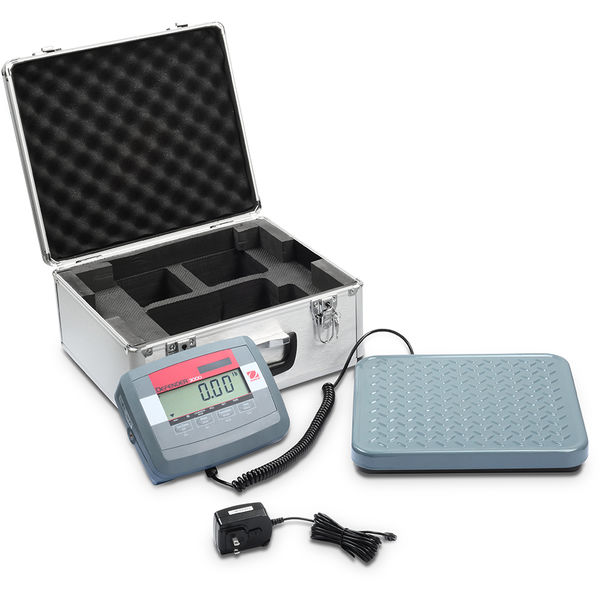Accurate sample weighing lies at the core of materials testing and laboratory research. Whether you are analyzing aggregates, asphalt, concrete, or soils, the precision of your measurements can significantly impact the validity of your results. In this article, we explore the crucial role of accurate sample weighing in bench-scale testing and provide valuable insights into best practices and strategies for minimizing errors.
The Significance of Accurate Sample Weighing
In the world of materials testing, precision matters. Accurate sample weighing is the foundation upon which reliable data and conclusive findings are built. It ensures that the materials being tested are measured with the utmost precision, reducing the margin of error and enhancing the credibility of your experiments.
Challenges in Bench-Scale Testing
Bench-scale testing presents its unique set of challenges when it comes to sample weighing. Factors such as environmental conditions, equipment calibration, and operator technique can all introduce errors into the process. Understanding and addressing these challenges are essential for obtaining accurate results.
Best Practices for Accurate Sample Weighing
1.Calibration and Maintenance: Regularly calibrate and maintain your weighing equipment to ensure accuracy. Proper calibration guarantees that your equipment is correctly set up and that measurements are reliable. Consider scheduling routine maintenance to keep your equipment in top condition.
2. Environmental Control: Minimize the impact of temperature, humidity, and air currents on your measurements. Slight variations in environmental conditions can affect the weight of your samples. To counter this, use controlled environments or enclosures where necessary.
3. Sample Handling: Follow proper procedures for sample preparation and handling to avoid contamination. Contaminants can alter the weight of your samples, leading to inaccurate results. Ensure cleanliness and adherence to established protocols during sample preparation.
4. Taring and Zeroing: Always tar your containers and zero your balance before weighing samples. Taring eliminates the weight of the container, ensuring that only the sample’s weight is measured. Zeroing sets the balance to read zero when there’s nothing on it, reducing measurement errors.
5. Operator Training: Train your personnel in correct weighing techniques to reduce human errors. Proper training enhances the skill set of your operators, minimizing errors related to incorrect weighing techniques or inconsistent practices.
Error Reduction Strategies
To achieve the highest level of accuracy in bench-scale testing, consider implementing these error reduction strategies:
1. Statistical Analysis: Use statistical methods to identify and correct outliers in your data. Statistical analysis can help identify data points that deviate significantly from the norm, allowing you to investigate and correct potential errors.
2. Data Logging: Implement a comprehensive data logging system to track and analyze the weighing process. Recording data at each step of the weighing process provides transparency and facilitates error tracing and correction.
3. Automation: Explore automated weighing solutions to minimize the influence of human error. Automated systems can significantly reduce errors associated with manual handling, enhancing consistency and accuracy.
4. Quality Assurance: Establish rigorous quality control procedures to validate your measurements. Quality assurance measures, including regular audits and checks, help maintain the accuracy and reliability of your weighing processes.
Common FAQs about Bench-Scale Testing
1: What is bench-scale testing, and how does it differ from other forms of testing?
Bench-scale testing involves the evaluation of materials on a smaller scale, typically in a controlled laboratory setting. It differs from other testing methods in terms of sample size, equipment, and application. Bench-scale testing allows for controlled experimentation and data collection, making it ideal for research and development.
2: How can I ensure the trace Traceability can be achieved by regularly calibrating your equipment using certified standards and maintaining detailed records of calibration and maintenance activities. Ensure that your calibration standards are traceable to national or international standards for accuracy.bility of my weighing equipment?
3: Are there specific guidelines for weighing hazardous materials?
Yes, when weighing hazardous materials, it’s essential to follow safety protocols, use specialized equipment, and ensure proper containment to protect both personnel and the environment. Consult relevant safety regulations and guidelines to ensure compliance and safety.
Conclusion
Accurate sample weighing is the cornerstone of reliable materials testing. In bench-scale testing, where precision is paramount, following best practices and error reduction strategies is essential. By implementing these techniques and staying committed to quality control, Certified Material Testing Products can enhance the credibility of your results and contribute to the advancement of materials science.
With a strong focus on accuracy and meticulous attention to detail, your bench-scale testing endeavors with Certified Material Testing Products will yield trustworthy data, facilitating scientific progress and innovation in the field of materials testing and laboratory research.

